SciGirls CONNECT – Recognition’s Role in STEM Identity Development
SciGirls is an educational television show, website, and outreach program funded by the National Science Foundation (NSF), aimed at encouraging more girls to pursue science, technology, engineering and mathematics (STEM) fields. As part of a research effort called SciGirls CONNECT, Roxanne Hughes, Kari Roberts and Jennifer Schellinger at the National High Magnetic Field Laboratory have been investigating the impact that SciGirls outreach programs across the nation, such as after-school clubs and summer camps, have on students’ STEM identity.
The Gender Gap
In 2013, a report by the US Department of Commerce revealed that women are significantly underrepresented in STEM disciplines, holding less than 30% of STEM jobs, despite making up approximately half of the global working population. These numbers tend to be even lower for minority women of colour, who typically represent one out of 10 employed engineers and scientists.
The gender gap within STEM fields can be traced back to childhood, when a majority of girls begin to move away from STEM disciplines and towards more humanistic fields while completing their middle school education. Early teens are a crucial time, because they are the years when girls start forming attitudes and interests towards specific subjects that shape their future career aspirations.
While many young girls have positive attitudes towards, interests in, and remarkable talents with STEM subjects during their early education, most never realise their potential because they tend to lose confidence in STEM subjects. This perpetuates a STEM workforce that is largely male dominated – one that misses out on a vast and rich talent pool of gifted women. Such homogenous workplaces, primarily made up of white men, also suffer from a lack of diversity in perspectives – hindering progress and innovation.
Aware of the current gender gap in STEM fields, universities and other organisations across the US have been developing a growing number of academic programs aimed at encouraging more females to engage in STEM disciplines from a young age. Motivating girls to pursue STEM-related careers involves helping them to build a ‘STEM identity’, by strengthening their interest, confidence and motivation in approaching STEM fields.
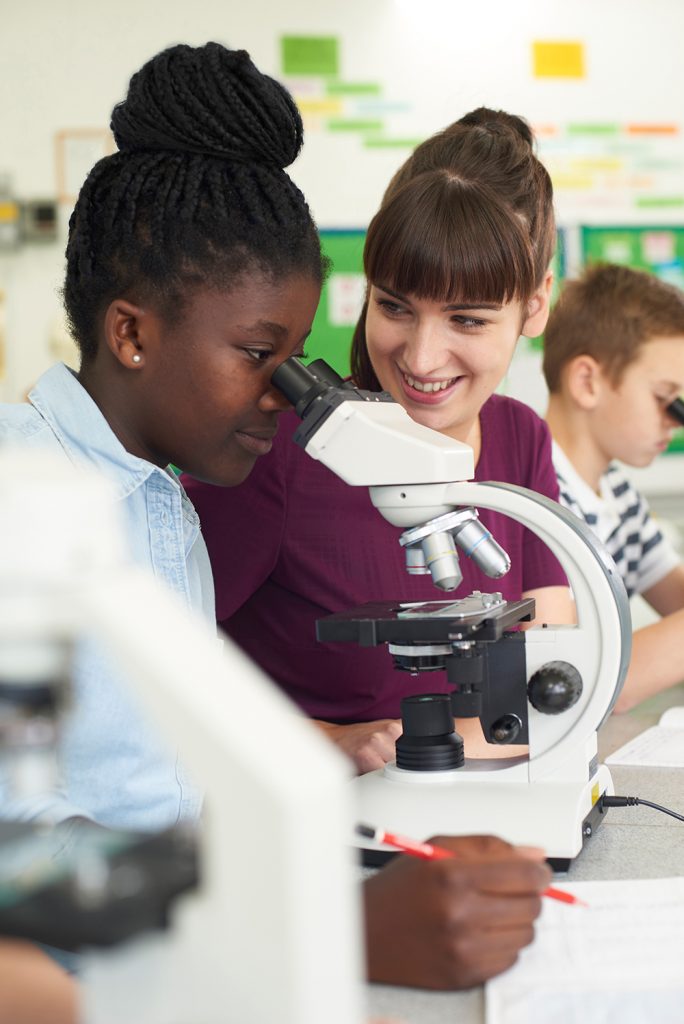
SciGirls CONNECT
To continue working towards reducing the gender gap in STEM fields, a team of US researchers and educators introduced a project called SciGirls, funded by the NSF. The project involved the creation of a television show and later a website resource and an outreach program for girls between the ages of 8 and 13, aimed at strengthening their STEM identities.
Eventually, the project also fuelled the formation of SciGirls CONNECT, a network of 140 academic institutions and organisations across the US that all use teaching resources developed as part of the SciGirls project. These teaching resources include the SciGirls Strategies, a set of seven teaching strategies that help educators to increase the engagement of primary and middle school girls in STEM disciplines.
Three STEM-education experts at the National High Magnetic Field Laboratory in Tallahassee, Florida – Roxanne Hughes, Kari Roberts and Jennifer Schellinger – are currently leading the research portion of the project. As part of this work, they have been exploring the impact of multiple SciGirls programs on the STEM identity of female students. Their ultimate goal is to use the data they collect to improve SciGirls teaching strategies and academic programs and to add to the larger conversation occurring in the STEM-education research community about gender equity and STEM identity.
‘We were able to collect two years of data on informal STEM education programs, including summer camps and after-school programs, for girls across the US to empirically understand the impact of these programs on middle school youths’ STEM identity,’ says Hughes. ‘We define STEM identity as individuals’ sense of belonging and success in STEM domains and careers.’
Evaluating Impact
The team’s work is guided by a conceptual framework for STEM identity that draws inspiration from the work of several researchers including Heidi Carlone, Angela Johnson and Angela Calabrese Barton. This framework suggests that to develop a stronger STEM identity, an individual has to develop STEM-related skills and engage in activities where they can perform these skills, so that they can be recognised for these skills by experts in the field.
‘This last portion is not well understood by science education researchers,’ explains Schellinger. ‘Our study supports the importance of external recognition through quantitative results. It also provides examples of what recognition looks like in an informal STEM education setting through examination of these observational data.’
To evaluate the impact of SciGirls programs, Hughes, Roberts and Schellinger collected survey responses from 148 young girls who took part in one of 11 SciGirls programs. The surveys measured youths’ self-efficacy and STEM identity both before they started a SciGirls program and after completing it.
‘The subscales for the STEM Self-Efficacy scale were: Self-Confidence, Openness to Challenge, and Willingness to Learn,’ says Roberts. ‘The subscales for STEM Identity were: Self-Perception, which involves seeing oneself as a STEM person or someone who is competent in STEM, and External Perception, which means believing that others see one as a STEM person or someone who is competent in STEM.’
In addition to analysing survey data, the researchers gathered observations at three locations that offered SciGirls programs, to examine how the programs influenced the STEM identities of participating girls. This data included the collection of video recordings and observation notes during each activity, as well as recordings of interviews with both educators and youth at each location.
‘We define STEM identity as individuals’ sense of belonging and success in STEM domains and careers.’

Effect of SciGirls on STEM Identity
The team’s research yielded a number of promising results. For instance, the researchers found that programs incorporating SciGirls teaching strategies strengthened the STEM identities of participating girls, often changing their perceptions about how others viewed them (for example, as a ‘STEM person’).
Interestingly, however, the girls’ own perceptions of themselves did not always change, highlighting the need for more activities that can encourage a positive shift in self-perceptions, helping girls to recognise their potential in STEM disciplines.
Examination of the observational data gathered by the researchers during the three SciGirls programs also suggests that there was a growth in the participating girls’ STEM identities. More specifically, these findings suggest that SciGirls programs created supportive and inclusive learning environments, where young girls could participate in learning activities that increased their engagement and competence in STEM subjects.
Face-to-face interviews with the educators delivering the programs, however, highlighted their difficulties in understanding the meaning of ‘culturally responsive teaching’, one of the essential constructs highlighted by the SciGirls project. Additionally, the educators expressed uncertainty about how to apply culturally responsive teaching in their programs. Their uncertainty was reflected in the observational data, as the researchers found that culturally responsive teaching strategies were rarely or never employed by educators in their respective SciGirls program.
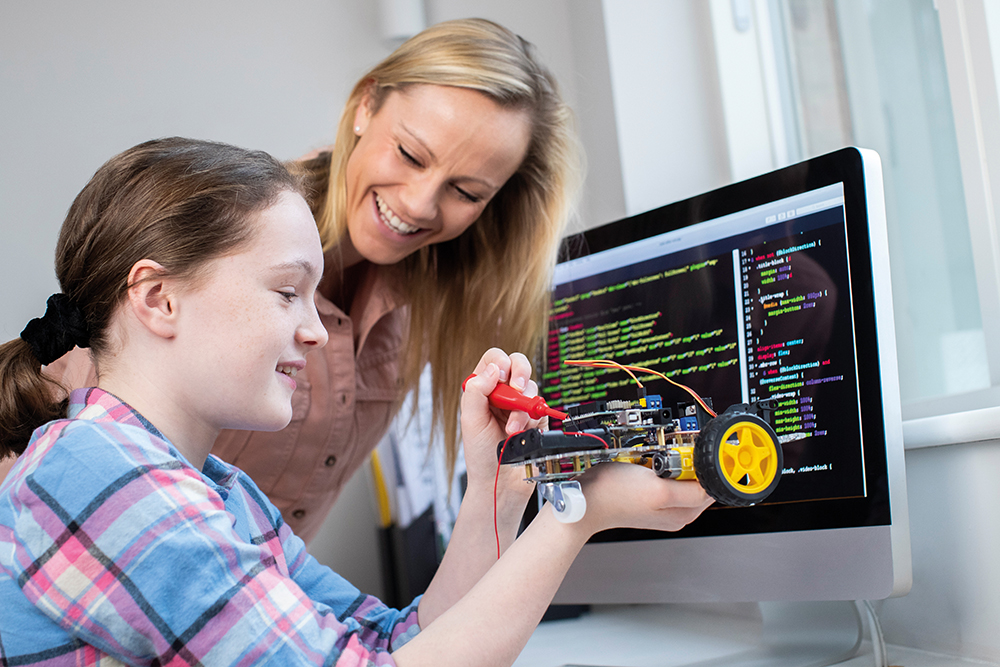
The Future of SciGirls CONNECT
Overall, the findings of the research conducted by Hughes, Roberts and Schellinger indicate that informal education programs guided by SciGirls teaching strategies can support girls in exploring their STEM identities, helping them to recognise the value of STEM disciplines and empowering them to pursue STEM-related educational pathways and careers in the future.
The analyses carried out by the researchers also shed light on specific teaching strategies that could be improved or better conveyed to educators, such as culturally responsive teaching. As well, aspects of STEM identity that appeared to be unaffected by the programs need further examination, including the students’ perception of themselves as potential STEM professionals.
The findings identified by Hughes, Roberts and Schellinger have the potential to help improve SciGirls teaching strategies and academic programs by highlighting specific areas that require further attention. The researchers are now working on disseminating their research at national and international conferences, while also presenting them in peer-reviewed STEM education journals.
‘We also plan to follow-up with participants to examine how their STEM identities changed after participating in SciGirls CONNECT programs,’ says Hughes. ‘The goal of this follow-up is to understand how school, family, and out-of-school opportunities intersect to influence and change STEM identity.’
Reference
https://doi.org/10.33548/SCIENTIA498
Meet the researchers
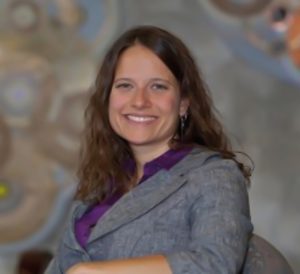
Dr Roxanne Hughes
Center for Integrating Research and Learning
National High Magnetic Field Laboratory (MagLab)
Tallahassee, FL
USA
Dr Roxanne Hughes holds a PhD in Educational Policy and Evaluation from Florida State University, as well as an MA in Secondary Education and a BA in Biology from LaSalle University. Currently, she is the Director of the Center for Integrating Research and Learning at the National High Magnetic Field Laboratory (MagLab). Dr Hughes has carried out extensive research investigating academic programs and policies that could increase the number of women and underrepresented minorities in STEM fields.
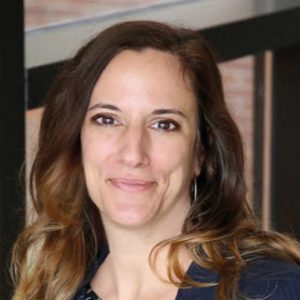
Dr Jennifer Schellinger
School of Teacher Education
College of Education
Florida State University
Tallahassee, FL
USA
Dr Jennifer Schellinger holds a PhD in Curriculum and Instruction and an MSc in Biology from Florida State University (FSU), along with a BSc In Earth Systems, Science & Policy from California State University, Monterey Bay. She is currently a postdoctoral researcher for an NSF-funded program called ‘Learning Through Collaborative Design: Professional Development’ in the School of Teacher Education at FSU. Dr Schellinger has conducted research exploring integrated STEM education to identify interdisciplinary approaches that improve learning and engagement in STEM discipline for all students.
E: schellingerjennifer@gmail.com
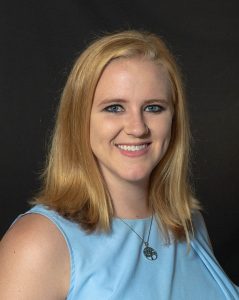
Kari Roberts
Center for Integrating Research and Learning
National High Magnetic Field Laboratory (MagLab)
Tallahassee, FL
USA
Kari Roberts holds a Master’s of Science in Higher Education from Florida State University and a BA in French from the University of South Carolina. After completing her master’s degree, she started working at MagLab’s Center for Integrating Research and Learning. In addition to serving as the Center’s internal evaluator and postdoc liaison, she conducts quantitative analyses focusing on the role of informal science education programs in forming STEM identities, enhancing students’ self-efficacy, and strengthening the current STEM workforce.
E: kari.roberts@magnet.fsu.edu
FUNDING
US National Science Foundation (NSF)
NSF DRL: #1612605
NSF DMR: #1644779
KEY COLLABORATORS
Barbara Billington, University of Minnesota
Brenda Britsch, National Girls Collaborative Project
Rita Karl, Twin Cities Public Television
Karen Peterson, National Girls Collaborative Project
Alicia Santiago, Twin Cities Public Television



Creative Commons Licence
(CC BY 4.0)
This work is licensed under a Creative Commons Attribution 4.0 International License. 
What does this mean?
Share: You can copy and redistribute the material in any medium or format
Adapt: You can change, and build upon the material for any purpose, even commercially.
Credit: You must give appropriate credit, provide a link to the license, and indicate if changes were made.
More articles you may like
Grandmothers: Innovation Through Tradition
Grandmother Project – Change through Culture (GMP) is an organisation dedicated to documenting the role of grandmothers and demonstrating the effectiveness of grandmother-inclusive strategies in improving the health and well-being of women, children, and adolescents. GMP’s groundbreaking work challenges conventional wisdom to transform community-based interventions in Africa and beyond, harnessing a powerful but often overlooked resource: the wisdom and influence of grandmothers.
Dr Robert Larkin | Cultivating Change to Improve Soil Health and Increase Potato Yield
Environmental quality and food production are facing the pressing challenges of climate change and global population growth. Dr Robert Larkin from the United States Department of Agriculture-Agricultural Research Service (USDA-ARS) and a team of plant scientists developed and tested a range of crop management systems to help overcome these compounding challenges. Their work is improving soil health and increasing the yield of potato crops, contributing to the future food security of nations.
Professor Giorgio Buttazzo | Artificial Intelligence and a Crossroads for Humanity
Where do we stand with artificial intelligence? Might machines take over our jobs? Can machines become conscious? Might we be harmed by robots? What is the future of humanity? Professor Giorgio Buttazzo of Scuola Superiore Sant’Anna is an expert in artificial intelligence and neural networks. In a recent publication, he provides considered insights into some of the most pressing questions surrounding artificial intelligence and humanity.
Dr Ralf Adam | New Technologies Shaping the Future of Oral Hygiene
Understanding the efficiency of various toothbrush technologies is essential for achieving optimal oral health. Dr Ralf Adam, who leads a dedicated team at Procter & Gamble in Germany, is keen to investigate the complexities of these technologies. His team have provided new insights into the best toothbrush types for plaque removal and the maintenance of gum health. By highlighting the importance of informed oral care decisions and ongoing investigations, this vital research works towards ensuring everyone can achieve a brighter, healthier smile.




